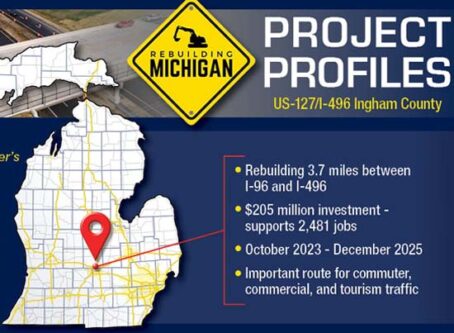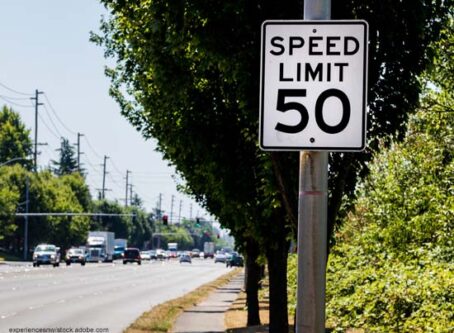Pennsylvania adopts rule accommodating truck platoons
A new law in Pennsylvania provides authority to test driver-assistive truck platooning technology on highways. The concept uses a lead truck to control the speed and braking of following trucks.
Gov. Tom Wolf has signed into law a bill to allow driverless trucks to operate in violation of the state’s following distance rule for large vehicles. The rule applies for up to three vehicles while working on limited-access highways or interstates.
Tim Scanlon, director of traffic engineering and operations for the Pennsylvania Turnpike Commission, previously told a state legislative committee that while improving roadways in the state with additional traffic lanes and better facilities may provide current customers with a better experience, “it will not be enough to attract the future of commercial haulers. Truck platooning offers to be one of the most beneficial and game-changing innovations for the future of the transportation industry.
“The approval of this bill allows for the Commonwealth to continue its leadership efforts within the industry by providing an avenue for the commercial industry leaders to use Pennsylvania as a test bed for platooning technology.”
Critics question how automated vehicles and traditional vehicles will interact on roadways. Others doubt whether widespread use of the technology is realistic.
Advocates say truck platooning will save fuel due to reduced aerodynamic drag, lessen traffic congestion, and improve highway safety. Some supporters acknowledge it will work best on relatively flat, divided highways outside of populated areas.
Driverless trucks in work zones
The new law also allows the state DOT and the Pennsylvania Turnpike to use driverless trucks in roadway work zones.
Rep. Greg Rothman, R-Cumberland, said the driverless technology also provides a significant benefit for road crews, and to help reduce injuries from rear-end collisions from motorists who strike the back of attenuator trucks in affected areas.
The trucks serve as a “buffer” vehicle between the work area and approaching traffic. The attenuator is intended to absorb the impact of an errant vehicle.
“I think we are seeing more and more that automated vehicles will play an expanded role in the construction industry,” Rothman previously stated. “I want Pennsylvania to be a leader in this area by ensuring we have a law in place to address this issue.”
The rule changes take effect in April 2019.









